Bike frames vary from bike to bike, and truth be told; they are the backbone of any bike.
Typically, this means that the frame material of a bike can affect a whole range of different factors for the rider. The frame material can affect the durability, weight, comfort, and even looks of a bike.
The right frame material depends on several factors, such as the rider’s weight, sense of adventure, and even riding style.
The best bike frame for the youngest riders is very subjective. Most would go for aesthetics over strength, but as a parent, you want a bike that will serve your child for long while still satisfying their needs.
Regardless of the frame material, the end goal is always the same - to look for a bike that offers the best strength at the lowest weight.
So with that in mind, let’s find out how these frame materials compare and which one best suits you.
Factors that Set Aluminum, Wooden, and Carbon Bikes Apart
Weight
Even if you’re not one to obsess over the weight of a bike, you simply can’t ignore the benefits that come with a lightweight bike.
The handling is better, and the overall experience when going uphill or accelerating is also tremendously better.
That said, in comparison, wooden bikes are usually heavier than their metallic or steel counterparts. And that’s because a wooden bike would have to be heavier than a metal bike to match its strength.
With these other two, carbon frames are usually slightly lighter than aluminum frames with all things equivalent.
But you also have to note that the quality of the frame is also determinant of the weight.
For instance, an aluminum frame could weigh less than a carbon frame if the aluminum frame is a well-built lightweight one while the carbon frame is of a cheaper grade.
A lower grade carbon will have fillers, which reduces the price of the bike but adds to the weight.
So yes, a low-end carbon construct could be heavier than a high-end aluminum construct.
Lightweight frame results from the construct of the tube; for instance, it could be thicker where it is subjected to a lot of strain and thinner in areas that aren’t subjected to as much strain.
The tube thickness could also be thick all through and result in a heavier frame.
Now, of course, the total weight of a bike doesn’t wholly rely on the frame construct, but several features such as the wheels also add to the overall weight
But if all factors are equal, then a carbon frame reigns as the lighter of the two.
So if you are keen on riding uphill or participate in competitive riding, then a carbon frame is a better option. However, if you intend to ride on mostly flat terrain, then you might not even notice the difference in a pound or two between these bike frame materials.
Comfort
For purposes of this article, we are going to base comfort based on the ability of frame material to absorb shock and translate to a smooth and comfortable ride.
The amount of comfort that wooden bikes offer merely is unmatchable.
Wooden bikes are at an advantage because natural wood is subjected to forces of nature. For instance, strong winds blowing from different directions have enabled wood to adapt and absorb the vibrations.
Mainly, this happens whereby the cellulose fibers in the wood vibrate at different rates to reduce road vibrations.
For this reason, wooden bike frames have a remarkable ability to absorb vibration when riding. This is turn makes the ride smooth and comfortable even on bumpy roads.
With aluminum and carbon frames, one has always been known to be stiff while the other is compliant, aluminum being the stiffer of the two.
Carbon frames have a better ability to dampen road vibrations. But nowadays, aluminum bikes have been refined through processes such as hydroforming, which enable it to achieve lateral and vertical stiffness for it to be more compliant.
So, in essence, the comfort gap between aluminum and carbon has narrowed with the use of technology.
Although comfort heavily depends on other factors such as the type of tires, the geometry of the bike, and other features such a spading on the saddle, based on material construct alone, carbon is more comfortable.
Ultimately, metal bikes are better suited for adventurous riders, while wooden bikes are an excellent option for the laid-back non-adventurous rider.
Responsiveness/ Stiffness
To put it simply, responsiveness has to do with ease of manipulation of material, while stiffness has to do with the ability of a bike to transmit power from the pedals to wheels properly and, in turn, enable motion while riding.
When it comes to stiffness/ rigidity, aluminum ranks higher as compared to carbon.
The stiffness of aluminum is both advantageous and disadvantageous in that the stiffness enables the optimal transfer of human power to forward motion but also allows the direct transfer of road vibrations to the rider.
On the one hand, aluminum frames are great for sprints and riding with time strains. On the other hand, the reduced ability to absorb shock results in a generally uncomfortable ride, mainly if the rides are longer.
So if you are pressed for time, the rigidity of aluminum comes in handy.
Carbon also holds an edge over aluminum bikes in terms of responsiveness so it can be engineered to attain stiffness.
Carbon comes in fibers that are then woven into sheets and combined with a glue-like resin. This means that the layup of carbon can be manipulated to fit the exact requirements or characteristics wanted.
As we said, carbon frames have a better ability to dampen road vibrations. And this is how carbon beats aluminum. Its responsiveness allows it to be constructed in a way that it provides stiffness yet still dampens shock, making rides faster and more comfortable.
Proper joining is usually vital when constructing a rigid and highly durable wooden bike. With appropriate treatment, wood can be stiff and hard enough to offer excellent responsiveness and transmission of power.
Wooden bikes are less adjustable, so it is not as responsive as the other two. Trust us; you do not want to race on a wooden bicycle; it just isn’t as rigid as either aluminum or carbon.
Aluminum beats the other two in terms of stiffness and effective transmission of power, while carbon beats aluminum and wood in terms of responsiveness to manipulation.
Durability
Durability has to do with the ability of a bike to withstand abuse and punishment.
When it comes to durability, wooden bikes lose out to carbon and aluminum bikes. The strength of wood in comparison to that of metal is simply a no brainer.
Now let’s compare the factors that affect the durability of a frame:
1. Strength
Note that frame material is a fraction of what ultimately determines the strength of a bike frame. How these materials interact plays another significant role.
But that aside, carbon and aluminum bikes are both highly durable, and in comparison, carbon frames are generally known to longer shelf life. Some even say that it is unlimited, and most manufacturers provide a lifetime warranty on these frames.
Aluminum frames are, however, limited to a five-year life span- and lie very low on the durability scale as compared to other frame materials.
Carbon frames are generally disadvantaged in that they are more fragile, primarily when the force of impact is concentrated on a small area. On the other hand, only a large force of impact would severely dent an aluminum frame. A crash would only result in a few dents and bends on an aluminum frame.
Another thing to note is that the responsive nature of carbon frames makes them generally easy to repair while re-welding a cracked aluminum frame is not advisable.
So, in essence, if not involved in a crash, carbon frames offer exceptional longevity.
As for wood, it is highly susceptible to breakage, and get this; even the best built wooden bikes still lag behind carbon and aluminum when it comes to vulnerability to damage from a wreck or crash.
2. Vulnerability to harsh weather conditions
While aluminum is just about rust-free from UV and water damage, carbon frames are entirely safe from UV damage.
Wood is highly susceptible to harsh weather conditions.
Wooden bikes are usually finished with a layer of lacquer veneer to protect it from elements such as mud, rain, and rocks. And although they can be weatherproof, it is profoundly advisable to store wood inside to preserve it.
It is this fact that then makes wood lose out to metal bikes in terms of longevity. Under the same circumstances, either exposed to extreme weather or preserved from it, metal bikes would simply outlast them.
Then again, the great thing about the type of wood used to make bicycles is that it can be re-purposed. In this way, its longevity can be attained, but as a bike frame, wooden frames just aren’t as durable as metal frames.
3. Quality
The quality of engineering also plays a role in the overall durability of a bike. A poorly constructed bike simply won’t last, regardless of the frame material.
All in all, carbon bike reign supreme in terms of durability, hence their popularity in high-end endure bikes.
Cost
The production of carbon frames is usually more demanding in terms of labor and machinery. This might vary depending on the quality and complexity of a manufactured frame.
For this reason, carbon bikes come at an additional cost and are generally more expensive than their aluminum alternatives. However, thanks to trickle-down technology, you can now find a lot more affordable carbon frames.
With wooden frames, good joining is usually vital when constructing a rigid and highly durable wooden bike. And the process is often labor-intensive resulting in wooden bikes being as pricey as more expensive compared to metal bikes while not outperforming them in terms of strength and performance.
As you finally get to make a decision know that it all boils down to the cost-benefit between these materials.
Beauty/ Looks/ Aesthetics
It doesn’t get more subjective than it does with looks. The beauty of a bike varies from person to person based on different personal tastes. So there isn’t a standard better-looking bike frame.
It all just depends on the construct of the bike.
That said, wood bikes are quickly becoming more appealing in terms of looks as they have a vintage and toy-like aesthetic that is especially exciting for young riders.
The uniqueness that comes with different wooden prints and patterns make these bikes hands down the best-looking bikes.
Parting shot!
So which is the best bike frame? It all depends on your riding requirements. As you can see from our elaborate comparison, each frame has its advantages and drawbacks.
Wood, for instance, is an excellent option for eco-conscious consumers and is highly comfortable while aluminum offers excellent power transfer and can simply be summarized as light, durable and stiff, and carbon is more the more responsive one.
So if a frame type fully satisfies your requirements, then that becomes the best one for you.












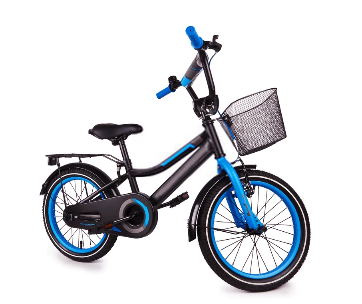



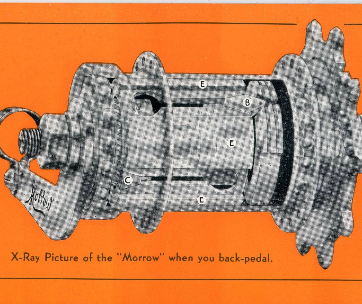



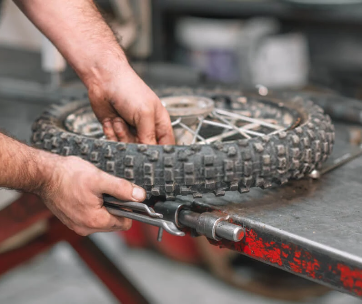





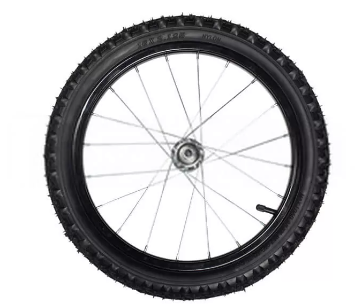
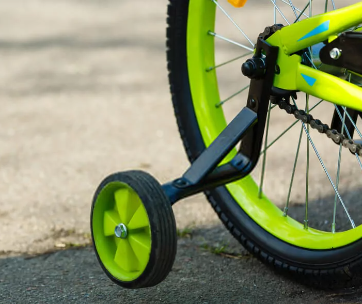
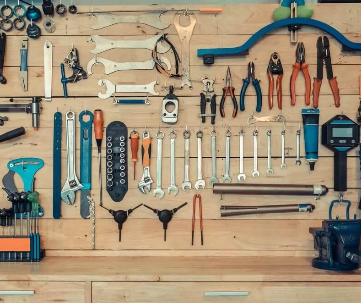

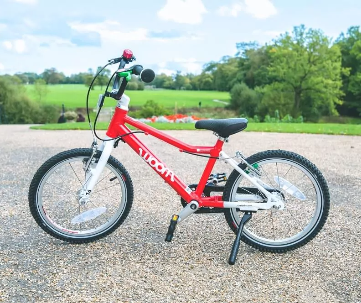

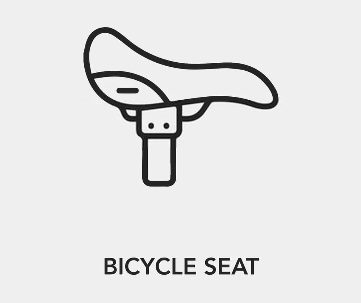
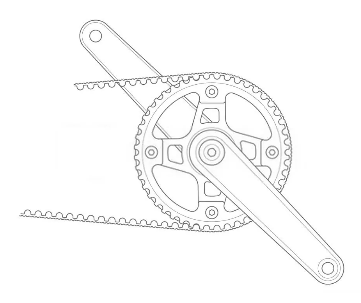


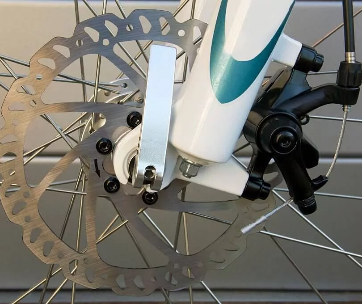











Comments